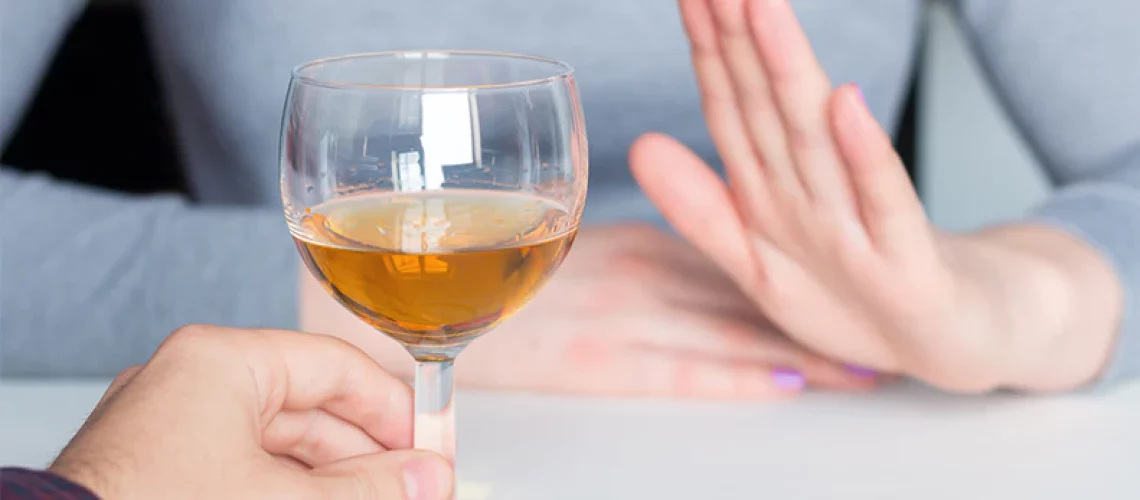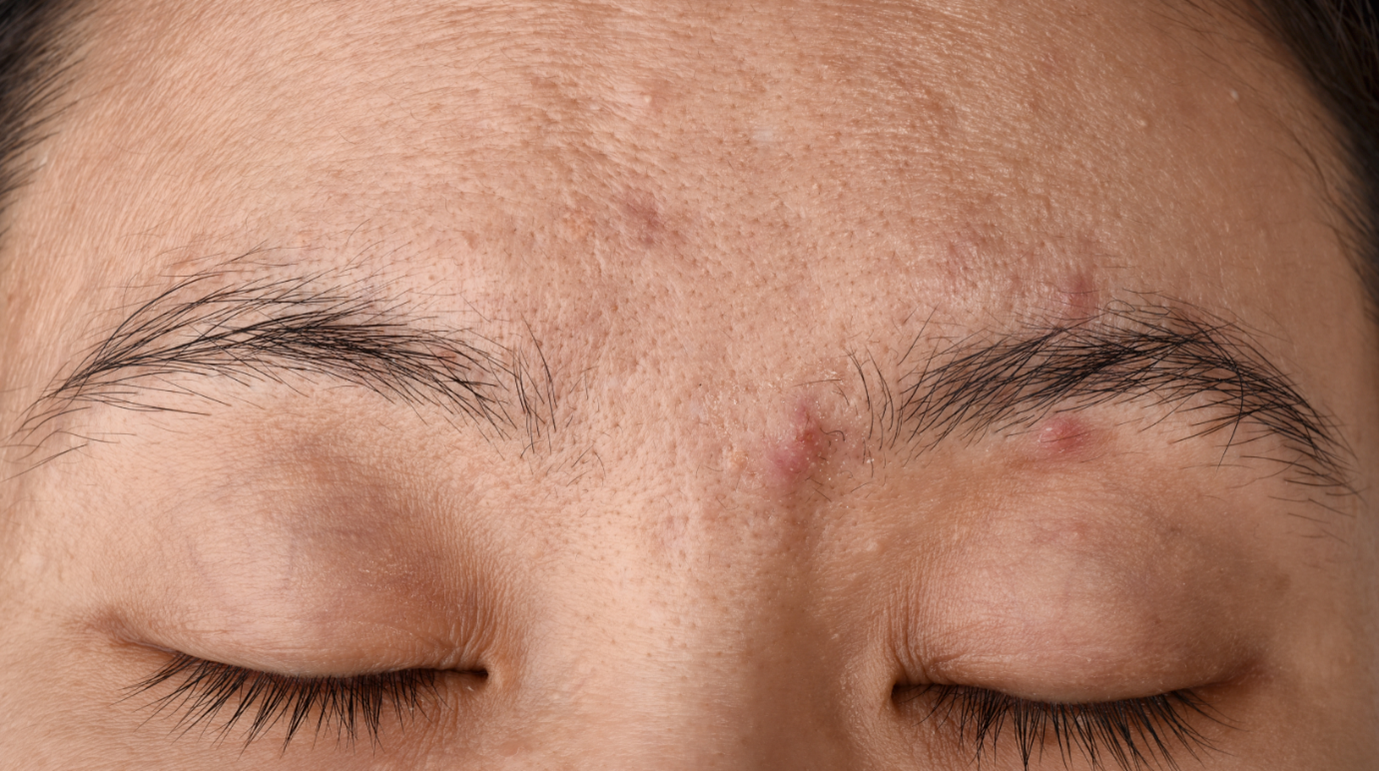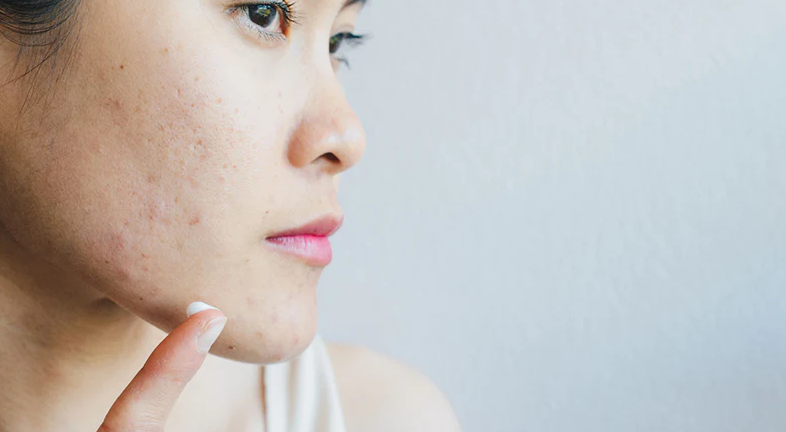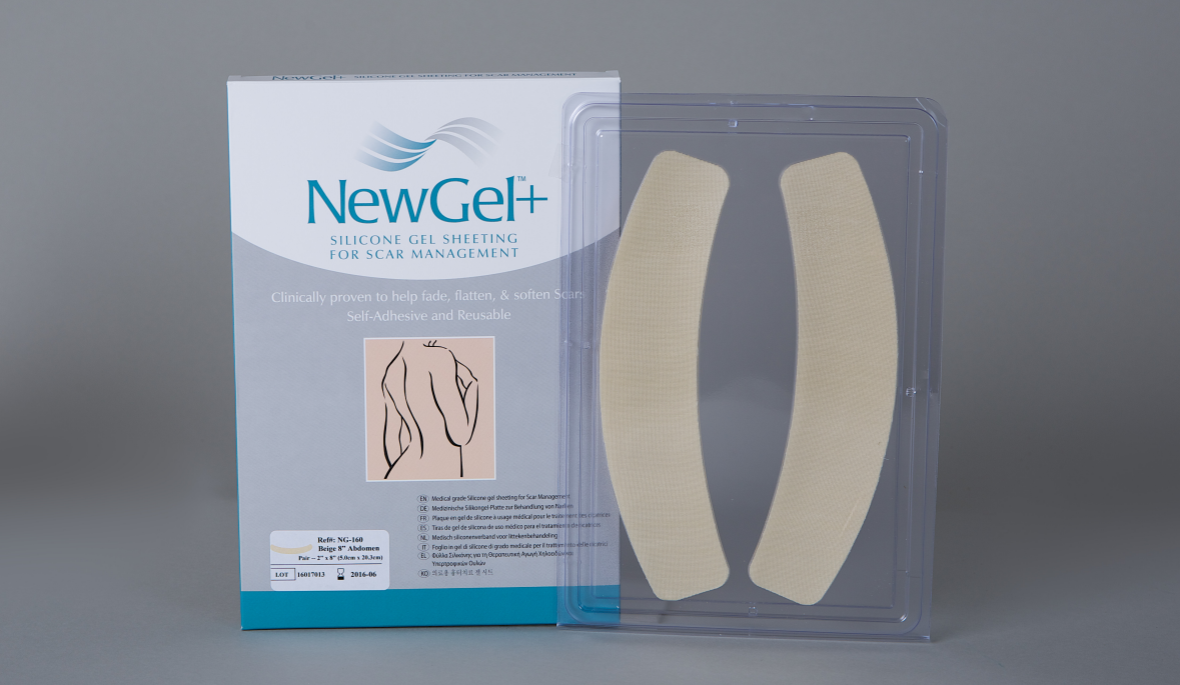Proper care of your scars is an important way to promote healing and minimize their appearance. While scar gels and silicone sheeting (like NewGel+) will help dramatically, drinking alcohol is a lifestyle choice that may interfere with the healing process. In addition to inhibiting your scar’s healing, alcohol also contributes to liver scarring known as cirrhosis.
ALCOHOL SLOWS HEALING
Binge alcohol exposure significantly reduces the levels of key components of the immune system involved in healing and increases the risk of infections in the hospital, including surgical site infections. Patients injured while binge drinking who develop surgical-site infections are hospitalized for twice as long, have a higher rate of readmission and are twice as likely to die as injured patients not exposed to high blood levels of alcohol.
Excessive alcohol consumption is detrimental to wound healing because it significantly interferes with both the inflammatory phase and proliferation phase of the process. A study found that binge alcohol exposure impaired the production of a protein that recruits macrophages to the wound site.
Binge alcohol also reduced levels of another key component of the immune system known as CRAMP (cathelicidin-related antimicrobial peptide).
CRAMP is a small protein present in the outermost layer of the skin, the epidermis. These small proteins may also be called antimicrobial peptides because they kill bacteria as well as recruit macrophages and other immune system cells to the wound site. Wounded skin needs more of these, not fewer.
“Together these effects likely contribute to delayed wound closure and enhanced infection severity observed in intoxicated patients,” researchers concluded.
Hydrated skin is another important element of scar healing. Dry skin may slow healing of an injury and fading of the scar. Alcoholic drinks are diuretic and drinking too much will dry out your skin.
Cutting back or eliminating alcohol, combined with any topical treatments prescribed by your doctor, helps the scar to fade and keeps the skin in the injured area healthy.
CUTTING BACK ON ALCOHOL
Limiting alcohol consumption may help your scar heal after an injury occurs, but you won’t have to limit your intake for the rest of your life. In the weeks following an injury, avoid over consumption of alcoholic drinks to support the area healing itself. One drink every once in a while most likely won’t interfere with scar healing, but binge drinking on a regular basis might slow the process and make the scar more visible by damaging your skin.
To help cut back, make sure you understand what one serving is and stick with it.
Another good reason to limit your alcohol intake? According to the NIH, a majority of emergency room traumas involve a person who is under the influence – avoiding alcohol is not only beneficial to wound healing, but it can help you avoid injuries altogether!
CIRRHOSIS
According to WebMD, cirrhosis develops when scar tissue replaces normal, healthy tissue in the liver. It happens after the healthy cells are damaged over a long period of time, usually many years.
The scar tissue makes the liver lumpy and hard, and after a while, the organ will start to fail. The scar tissue makes it tough for blood to get through a large vein (the portal vein) that goes into the liver. When blood backs up into the portal vein, it can get into the spleen and cause trouble in that organ, too.
There are two main stages — compensated and decompensated. In compensated cirrhosis, you won’t have any symptoms. There are still enough healthy liver cells to meet your body’s needs. They compensate, or make up for, the damaged cells and scarred tissue. If you don’t get treatment for the cause of your cirrhosis, it’ll get worse and over time, the healthy liver cells won’t be able to keep up. Nor will your liver be able to get rid of toxic substances in your body like ammonia.
Decompensated cirrhosis causes symptoms. It can lead to problems like these:
- You bleed from large blood vessels in your esophagus.
- Fluid builds up in your belly.
- Toxins build up in your blood that can cause confusion.
- Your eyes and skin become yellow.
- You develop gallstones.
- You bruise and bleed easily.
Cirrhosis is a leading cause of death in America, according to the National Institute on Alcohol Abuse and Alcoholism. There’s no cure for cirrhosis except a liver transplant, but you and your doctor can slow cirrhosis down by treating whatever is causing it. Moderate alcohol consumption, which is one to two drinks per day, allows you to enjoy a cocktail without causing liver scars.
Trust NewGel+ to soften, flatten, and fade your scar
1300 294 649//sales@surgsa.com.au//Supplying medical products to the healthcare market





